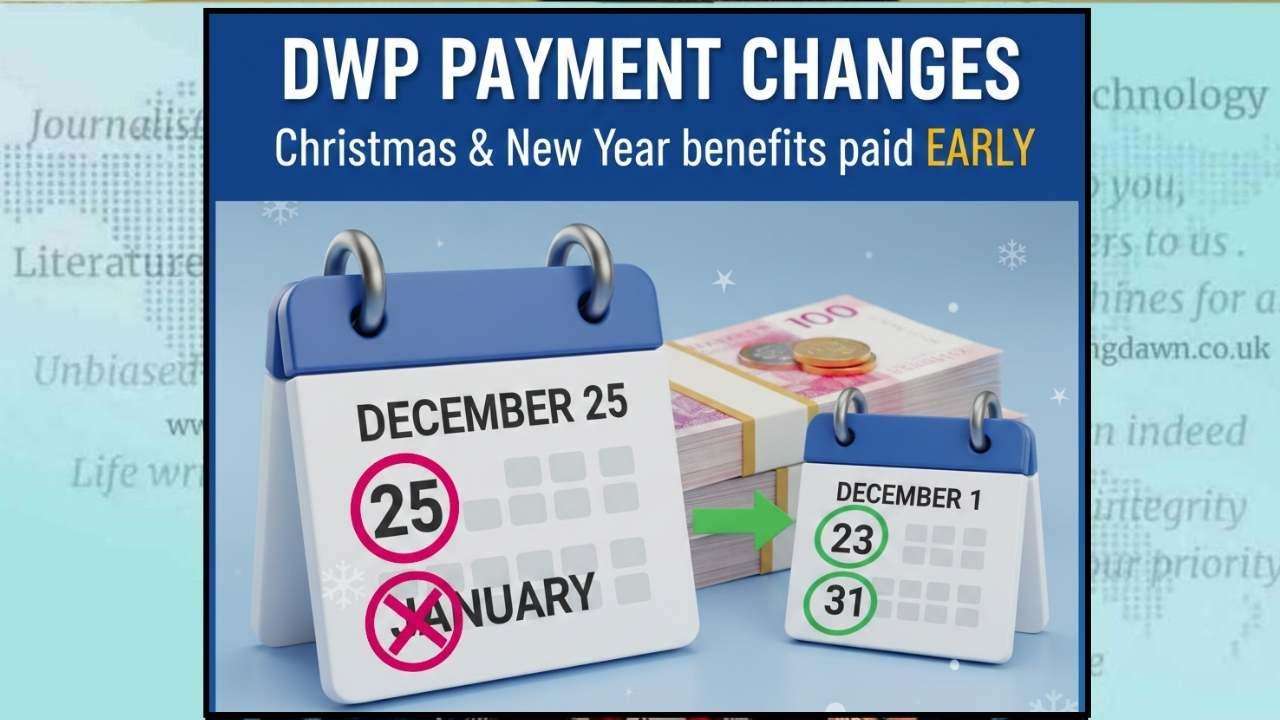UK inflation has slowed for the second consecutive month, mainly due to a drop in petrol prices, according to newly released data from the Office for National Statistics (ONS). The Consumer Prices Index (CPI) inflation rate fell to 2.6% in March, down from 2.8% in February. This decline was sharper than economists had forecast, with many predicting a March figure of 2.7%. It also marks the lowest inflation rate since December.
Grant Fitzner, Chief Economist at the ONS, explained that the decrease was driven by multiple factors, including lower fuel prices and stable food costs, which had seen significant increases a year ago. The only notable upward pressure came from clothing prices, which saw a strong rise in March following an unusual dip the previous month.
Chancellor Rachel Reeves welcomed the news, pointing to falling inflation, wage growth outpacing price increases, and encouraging economic growth as evidence that the government’s economic plan is beginning to yield results. However, she acknowledged that many households continue to feel financial strain. To support struggling families, Reeves highlighted recent government initiatives such as raising the minimum wage, freezing fuel duty, and launching free breakfast clubs in primary schools.
Fuel prices had recently reached a six-month high, but falling wholesale costs have prompted expectations of relief at the pump. The RAC suggested that petrol prices should drop by at least 6p per litre and diesel by 3p, provided savings are passed on to consumers. This is supported by a decline in global oil prices, which fell from over $80 per barrel in mid-January to below $70.
The declining inflation rate strengthens the likelihood that the Bank of England (BoE) will reduce interest rates when it meets on May 8. Some analysts even foresee two additional rate cuts later in 2025. However, many economists believe the current dip in inflation may be temporary.
Thomas Pugh, an economist at RSM, cautioned that inflation is likely to climb again in April due to annual price adjustments and tax increases from the national budget. He forecasts a peak around 3.7% over the summer. While the slowdown in March was broad-based—affecting fuel, food, and even services (which dropped from 5.0% to 4.7%)—Pugh described it as “the calm before the storm.” He expects rising energy costs, updated regulated prices, and increased labour expenses to push inflation back up soon.
The inflation data for April will be the first to reflect cost increases stemming from higher minimum wages and changes in National Insurance contributions.
Martin Sartorius, principal economist at the Confederation of British Industry (CBI), said the March figures were largely in line with BoE expectations and provide some reassurance ahead of the likely inflation rise in April. He added that factors such as increased energy costs, price cap adjustments, and tax policies from the Autumn Budget will all contribute to renewed inflationary pressure. Sartorius also pointed out that new U.S. tariffs could affect UK inflation, depending on how trade dynamics evolve.
He welcomed the government’s commitment to free and fair trade and its pledge to support businesses through this period of economic uncertainty. Sartorius added that he expects the BoE to proceed with a cautious and gradual approach to cutting interest rates in the coming months.
However, Peter Stimson from MPowered Mortgages warned that homeowners might not immediately see reduced mortgage payments following the anticipated May rate cut. This is because mortgage lenders base their fixed-rate offers on swap rates, which reflect expectations about future interest rates rather than current ones.
Stimson noted that swap rates have already declined following recent announcements, such as Donald Trump’s “Liberation Day” tariff plans, leading lenders to preemptively reduce mortgage rates. As a result, many have already priced in the expected base rate cut, leaving little room for further immediate reductions.








.svg)


